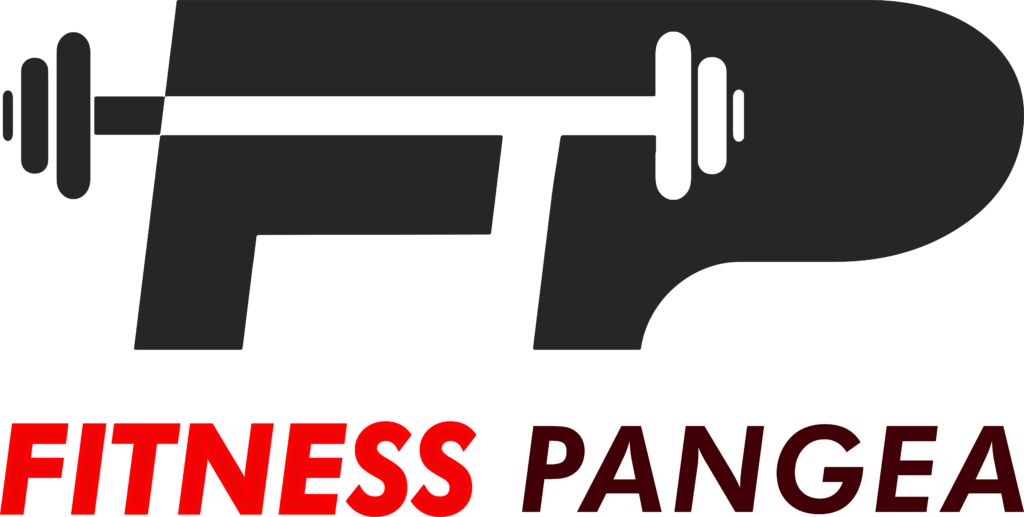Building muscle is a complex process that involves a combination of factors, including diet, exercise, and recovery. While many people believe that lifting weights is the most important aspect of building muscle, there is actually much more to the process than simply hitting the gym. In this article, we will explore the science behind building muscle and provide tips on how to maximize your workouts for optimal muscle growth.

The Basics of Muscle Growth
In order to understand how to build muscle, it is important to first understand the basics of muscle growth. When you lift weights or engage in other forms of resistance training, you create tiny tears in your muscle fibers. These tears then signal to your body that it needs to repair and rebuild the damaged tissue.
The repair process involves the production of new muscle fibers, which are thicker and stronger than the original fibers. This process is known as hypertrophy, and it is the key to building muscle mass. However, in order for hypertrophy to occur, there are several key factors that need to be in place.
Progressive Overload
One of the most important factors in building muscle is progressive overload. This means gradually increasing the amount of weight you lift over time in order to challenge your muscles and stimulate growth. When you lift weights that are too light, your muscles are not sufficiently challenged and growth is unlikely to occur. Conversely, lifting weights that are too heavy can lead to injury and may not be effective for muscle growth.
Proper Nutrition
Another important factor in building muscle is proper nutrition. In order to build new muscle tissue, your body needs adequate amounts of protein, carbohydrates, and fat. Protein is particularly important for muscle growth, as it provides the building blocks (amino acids) that your body uses to repair and rebuild muscle fibers.
Additionally, it is important to eat enough calories to support muscle growth. If you are in a calorie deficit (consuming fewer calories than your body burns), your body may not have the energy it needs to build new muscle tissue.
Sufficient Rest and Recovery
Finally, rest and recovery are critical for muscle growth. When you lift weights, you create tiny tears in your muscle fibers. It is during periods of rest and recovery that your body repairs these tears and builds new muscle tissue. If you do not give your body enough time to rest and recover between workouts, muscle growth may be inhibited.
Maximizing Your Workouts for Muscle Growth
Now that you understand the basics of muscle growth, let’s explore some tips for maximizing your workouts for optimal muscle growth.
Focus on Compound Exercises
Compound exercises are exercises that target multiple muscle groups at the same time. Examples of compound exercises include the squat, deadlift, bench press, and pull-up. These exercises are more effective for building muscle than isolation exercises (exercises that target only one muscle group) because they allow you to lift heavier weights and work multiple muscle groups at the same time.

Use Progressive Overload
As mentioned earlier, progressive overload is critical for muscle growth. To ensure that you are gradually increasing the amount of weight you lift, keep a workout log and track your progress. Aim to increase the weight you lift by 2.5-5% each week, depending on your current fitness level.
Vary Your Rep Ranges
Your muscles respond differently to different rep ranges. For example, lifting heavy weights for low reps (3-6 reps) is effective for building strength, while lifting lighter weights for high reps (12-15 reps) is effective for building endurance. To maximize muscle growth, it is important to vary your rep ranges and include a mix of heavy, moderate, and light weights in your workouts.
Focus on Eccentric Contractions
Eccentric contractions occur when your muscles lengthen under tension. For example, during the lowering phase of a bicep curl, your bicep muscle is contracting eccentrically. Research has shown that eccentric contractions are particularly effective for building muscle. To incorporate eccentric contractions into your workouts, focus on lowering the weight slowly and under control, rather than simply dropping it.
Prioritize Recovery
As mentioned earlier, rest and recovery are critical for muscle growth. Make sure to give your body enough time to recover between workouts, and prioritize activities that promote recovery, such as stretching, foam rolling, and getting enough sleep.
Consume Adequate Protein
As mentioned earlier, protein is critical for muscle growth. Make sure to consume adequate amounts of protein to support muscle growth. Aim for at least 1 gram of protein per pound of body weight per day.
Fuel Your Workouts with Carbohydrates
Carbohydrates are the primary source of fuel for your muscles during exercise. To maximize your workouts, make sure to consume adequate amounts of carbohydrates before and after your workouts. Aim for a mix of complex carbohydrates (such as whole grains) and simple carbohydrates (such as fruit) to provide both immediate and sustained energy.
Incorporate Active Recovery
Active recovery involves engaging in low-intensity activities, such as walking or yoga, to promote recovery and reduce muscle soreness. Incorporating active recovery into your routine can help speed up recovery and improve overall performance.
In conclusion, building muscle is a complex process that involves a combination of factors, including diet, exercise, and recovery. By incorporating the tips outlined in this article, you can maximize your workouts for optimal muscle growth. Remember to focus on compound exercises, use progressive overload, vary your rep ranges, focus on eccentric contractions, prioritize recovery, consume adequate protein and carbohydrates, and incorporate active recovery into your routine. With consistent effort and dedication, you can achieve your muscle-building goals and improve your overall health and fitness.



